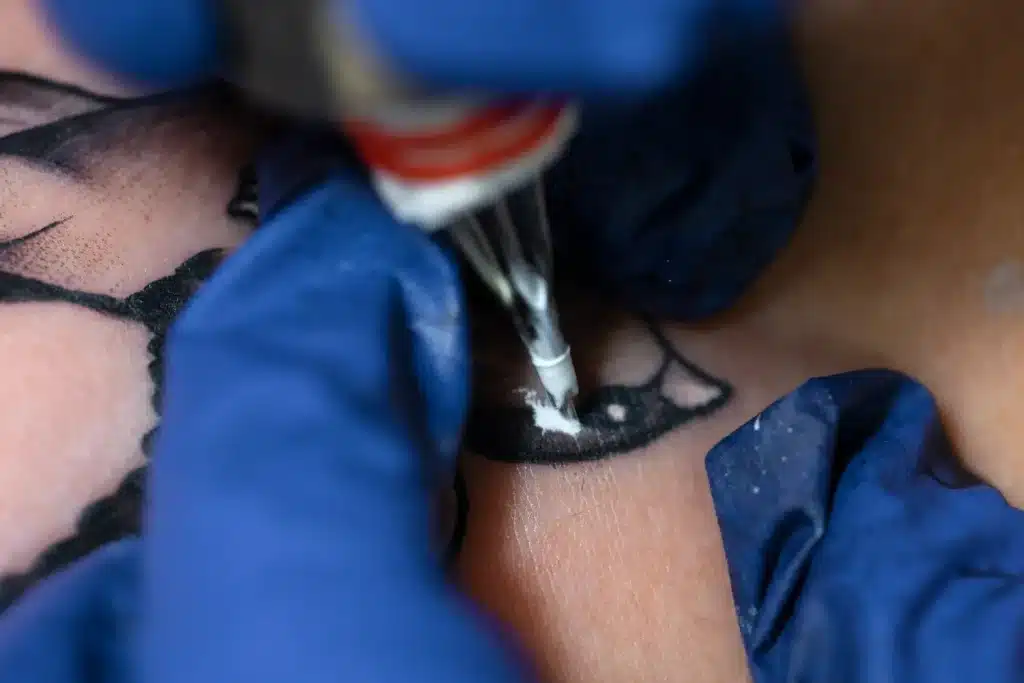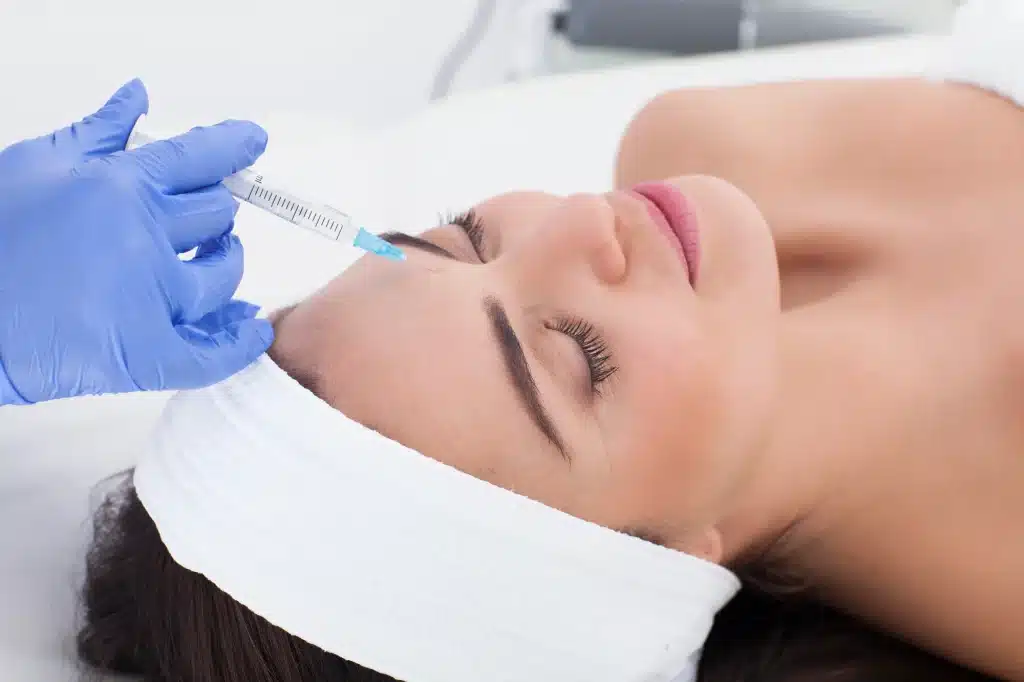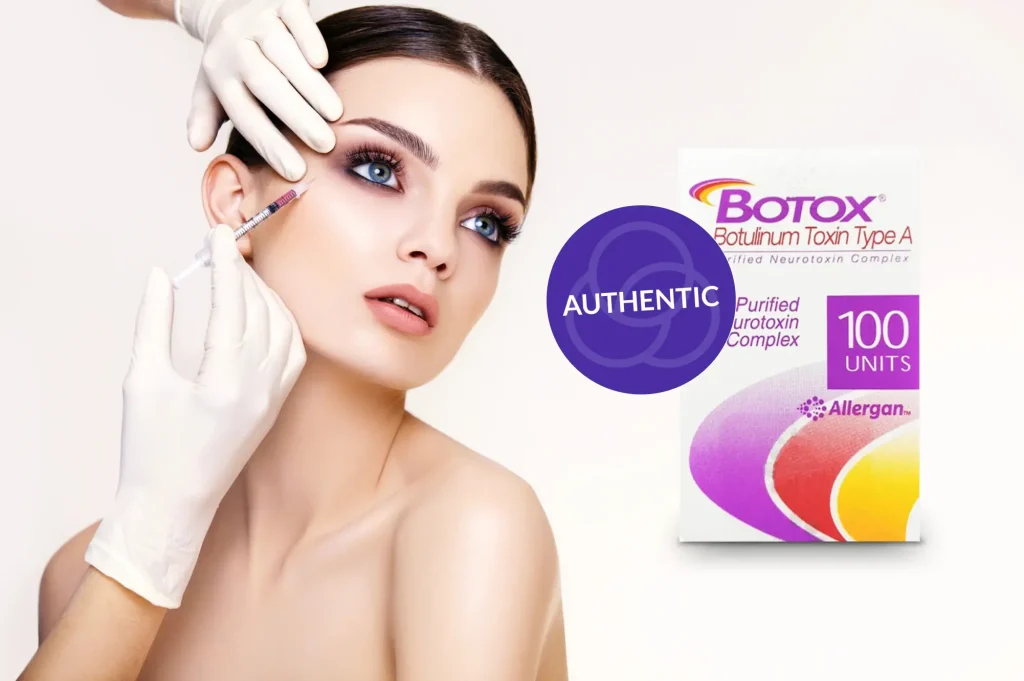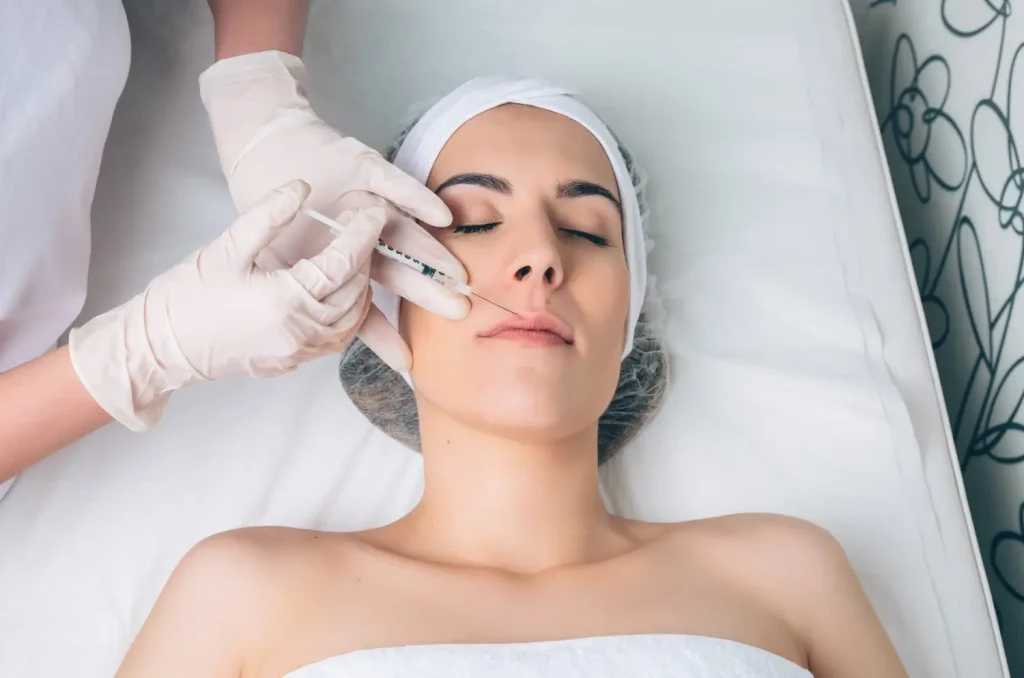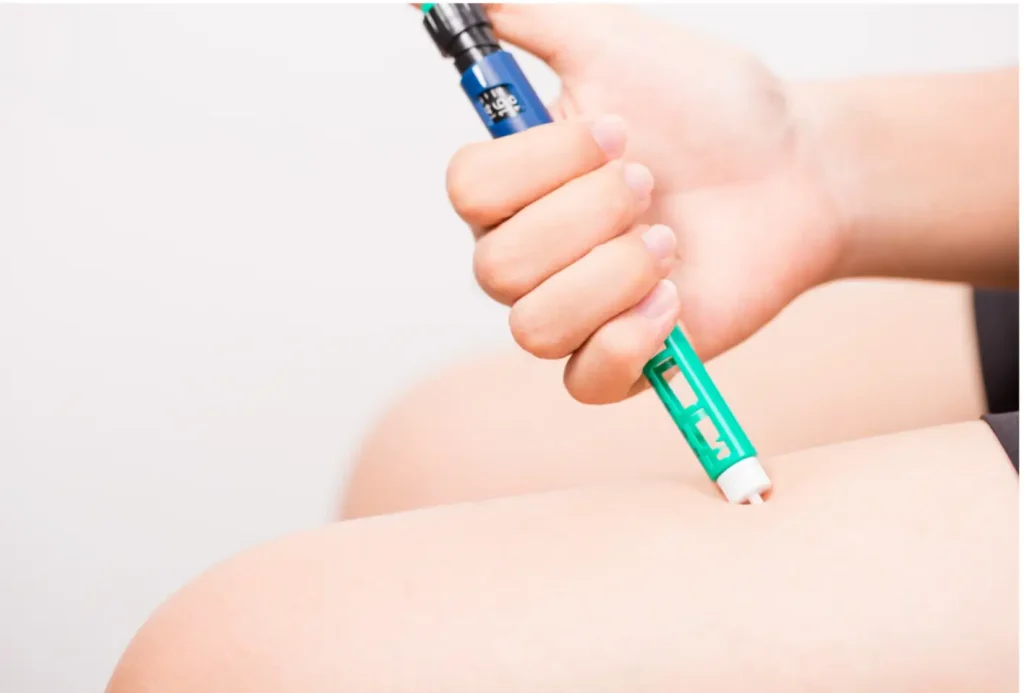Did you know that tattoo ink is deposited deep into the dermis, the second layer of your skin, where your immune system tries to break it down, but can’t fully remove it? This is why tattoos are permanent, and it also explains the inflammation and immune activity involved during the healing process.
Since tattooing essentially triggers a wound-like response in the skin, managing pain and skin trauma has become a growing concern, especially for first-time clients. One product that’s gaining attention is EMLA cream, a topical anesthetic originally developed for minor medical procedures. While not designed specifically for tattooing, some users apply it off-label to help reduce discomfort during the tattoo process.
In this article, we’ll take a closer look at how EMLA works, its safety profile, its effectiveness in numbing for tattoos, and whether it’s a legitimate option compared to other tattoo-specific numbing products.
Key Takeaways
- EMLA cream numbs the skin’s surface using lidocaine and prilocaine, providing relief for shallow tattoo areas. It works well for linework but may not be effective for deeper tattoo pain.
- To maximize its numbing effect, EMLA should be applied 1 to 2 hours before the session, with a thick layer covered by an occlusive dressing for 60–90 minutes.
- EMLA is best for areas with thin skin, like the wrist or ankle. It may not numb thicker areas, such as the thighs or back, which require more powerful numbing.
- Tattoo-specific numbing creams provide stronger and longer-lasting relief compared to EMLA, making them better suited for deeper sessions and more intense pain.
- Always consult with your tattoo artist to choose the best numbing option for your tattoo and discuss any sensitive skin concerns with a healthcare provider before use.
About: Medical Spa RX provides medical practices with premium products at the best prices. If you’re looking to buy EMLA Cream online for your practice, the sales representatives at Medical Spa RX can give you guidance.
How EMLA Works on Skin Before Tattooing
EMLA cream blocks nerve signals through lidocaine and prilocaine, which inhibit sodium channels in the skin. This numbing action primarily targets the epidermis (the outermost layer of skin) and partially reaches the dermis, providing relief from surface-level pain.
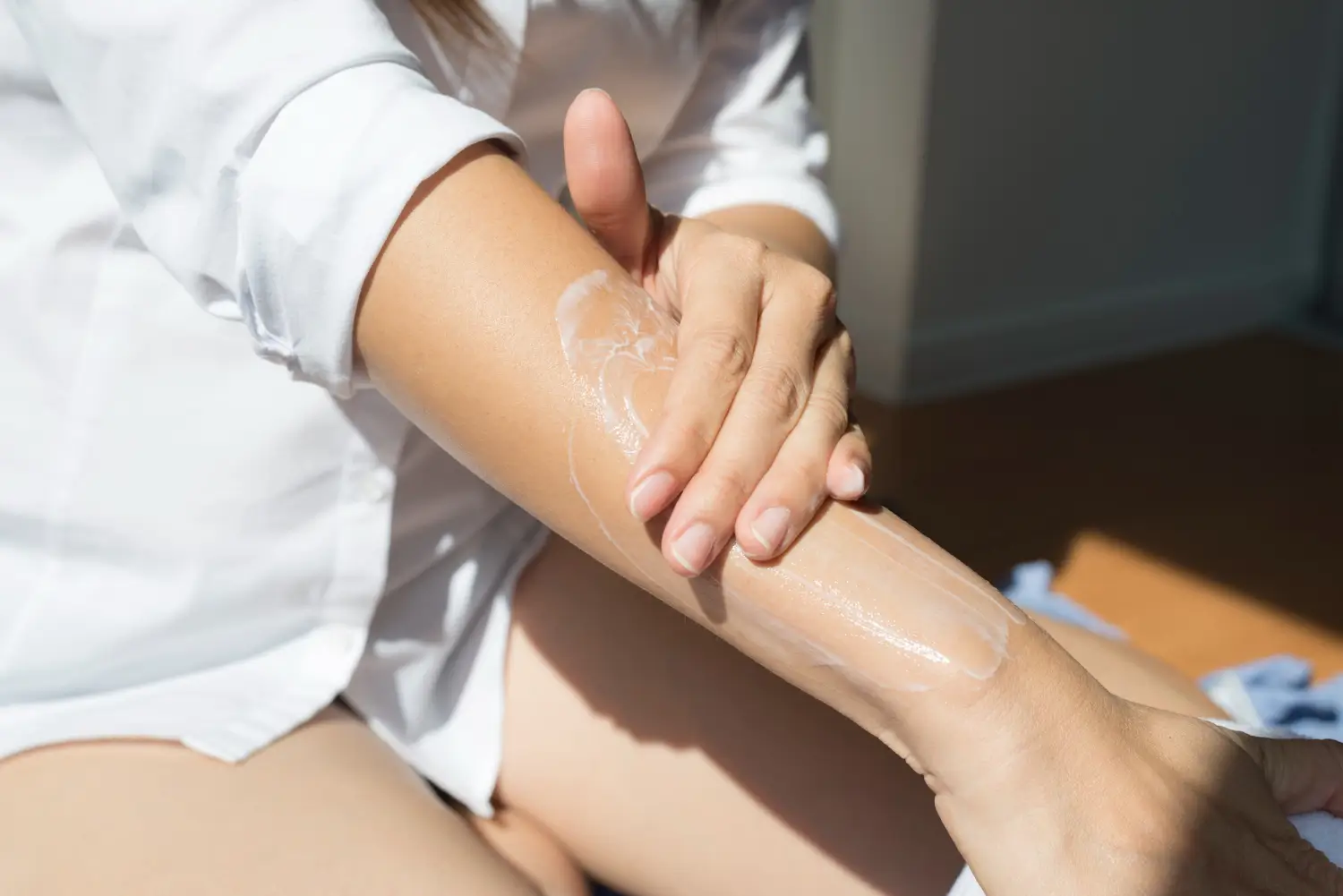
However, while EMLA is effective for mild pain relief, its impact on deeper tattoo discomfort is somewhat limited. It’s more effective during the early stages of the tattoo process, especially for linework, where the needlework is relatively superficial.
Commonly used in medical procedures, EMLA’s off-label use for tattoos depends largely on timing, skin thickness, and individual sensitivity. Applying it properly can help maximize its numbing effect, making it a suitable option for first-time tattoo clients or those looking to reduce initial discomfort.
EMLA Application Method and Timing for Tattoos
Proper application of EMLA is key to maximizing its numbing effect during tattoo procedures. Whether you’re using the branded version or a generic EMLA cream, understanding the correct timing, dosage, and technique is essential for effective pain reduction.
Steps to Apply EMLA Cream for Tattoos
- Clean the Skin: Wash the tattoo area thoroughly using mild soap and water to remove any dirt, oils, or residues.
- Apply a Thick Layer: Spread 2g to 3g of cream (depending on the area size) generously on the skin. Avoid rubbing it in completely; it needs to sit on the surface for full effect.
- Cover with Occlusive Dressing: Use plastic wrap or a medical-grade patch to seal the cream. This step helps activate the numbing effect by keeping the cream in contact with the skin for longer.
- Wait 60 Minutes Minimum: Leave the dressing in place for 60–90 minutes. If you’re aiming for optimal numbing, don’t exceed 2 hours unless otherwise directed by a healthcare professional.
- Remove and Wipe Off: Just before starting the tattoo, remove the wrap and clean off the cream. This will help avoid any interference with the tattooing process.
Timing Tips
- Apply the cream 1 to 2 hours before the session, depending on the area and individual sensitivity.
- For larger tattoos, divide the areas and apply EMLA in segments to avoid overexposure.
Does EMLA Numb Deep Enough for Tattoo Pain?
While EMLA can provide substantial surface-level numbing, it may not be sufficient for deeper tattoo discomfort. The tattoo needle penetrates into the dermis, a layer deeper than where EMLA is most effective. Here’s how EMLA fares in different areas:
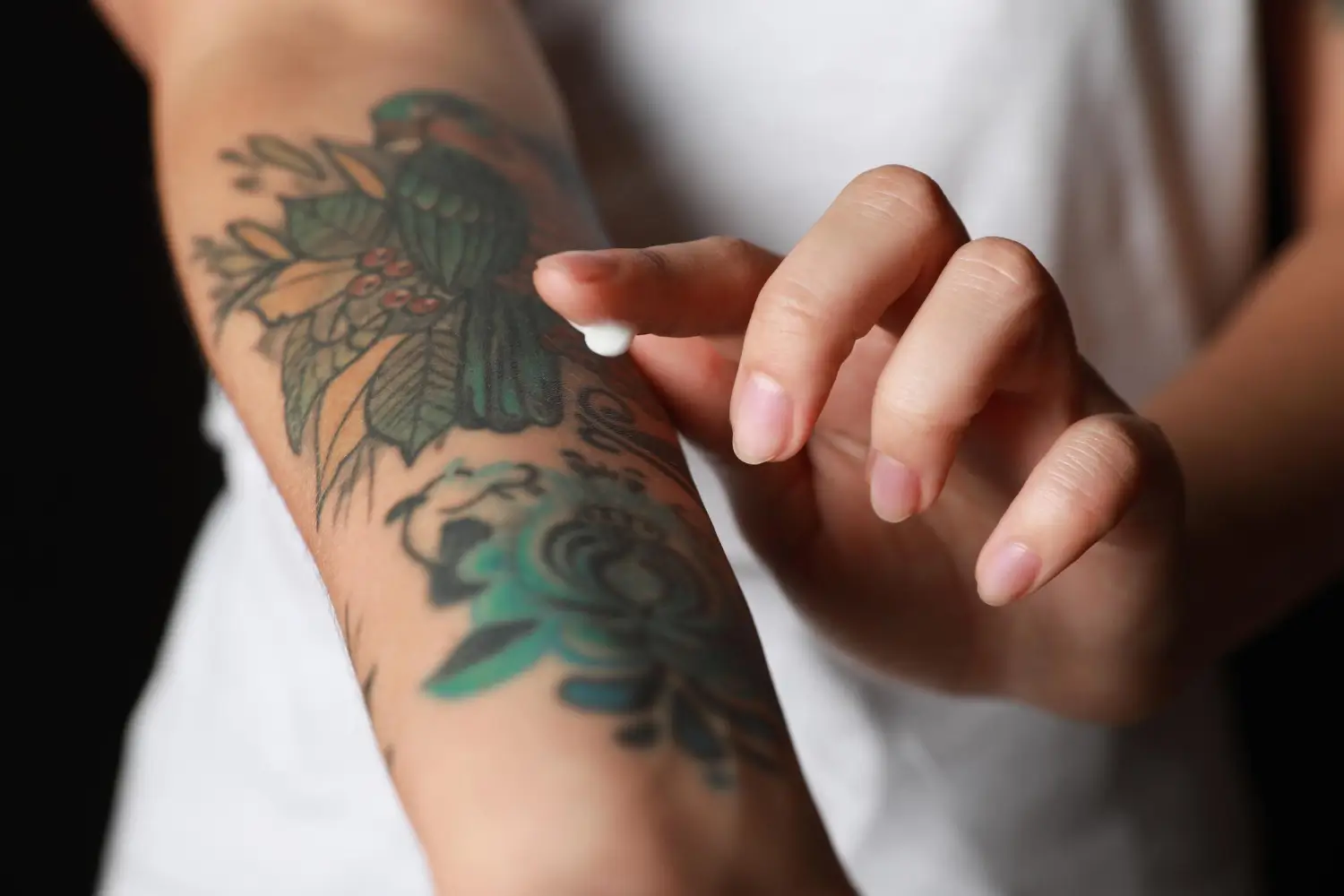
For shallow or thin-skinned areas, such as the wrist, ankle, or collarbone, EMLA may provide sufficient surface-level numbness. However, on thicker or more muscular regions, such as the thighs or back, the relief may be minimal.
- Shallow Areas: For areas like the wrist, ankle, or collarbone, EMLA may provide enough numbing to make the experience more comfortable.
- Thicker or Muscular Areas: In regions like the thighs or back, EMLA may not offer enough relief, as it primarily targets the outer layers of skin.
- Linework: For the initial needlework, EMLA can help reduce discomfort, but shading or color packing, which lasts longer and penetrates deeper, can still cause significant discomfort, even with EMLA in use.
- Reapplication: Once the skin has been broken, EMLA cannot be reapplied, as it’s not intended for use on open wounds.
While EMLA helps reduce pain during surface-level tattooing, it doesn’t numb deeply enough for most tattoo clients to be completely pain-free throughout the process.
EMLA vs Tattoo-Specific Numbing Creams
Tattoo-specific numbing creams differ from EMLA in both formulation and purpose, offering more targeted pain relief tailored to the deeper needle penetration involved in tattooing.
Key Differences
| Feature | EMLA Cream | Tattoo-Specific Numbing Creams |
| Main Use | Medical (pre-injection, minor skin procedures) | Designed for tattoo pain |
| Active Ingredients | Lidocaine 2.5%, Prilocaine 2.5% | Lidocaine 5% or higher, sometimes with epinephrine |
| Depth of Action | Surface-level (epidermis) | Targets deeper layers (dermis) |
| On Broken Skin | Not recommended | Some can be applied during the tattoo |
| Onset Time | 60–90 minutes | 20–45 minutes |
| Availability | Pharmacy (sometimes prescription) | Online, specialty shops |
While EMLA is clinically tested and safe when used properly, tattoo-specific numbing creams typically offer stronger, longer-lasting numbing. They are specifically designed to address the deeper pain associated with tattooing and may be more effective for entire sessions.
Conclusion
EMLA is a medical-grade anesthetic that can offer mild pain relief for short tattoo sessions or for areas with thin skin. It is safe and regulated, but not specifically designed for tattoos, which can make it less effective for deeper or longer sessions.
Tattoo-specific numbing creams, on the other hand, are formulated to provide stronger, longer-lasting relief and are typically more effective for managing pain throughout an entire tattoo session. When choosing between EMLA and tattoo-specific numbing creams, it’s important to consider the size and location of the tattoo, as well as individual pain tolerance.
Always consult with your tattoo artist to discuss the best numbing option for your needs, and if you have any concerns, consult with a healthcare provider to ensure safe use, especially if you have sensitive skin or allergies.
FAQs
1. Can I use EMLA cream without a prescription for tattoo pain?
In some countries, EMLA is available over the counter, but in others, it may require a prescription. Check local regulations.
2. How long does EMLA last once applied?
EMLA’s numbing effect usually lasts about 1 to 2 hours after application, depending on skin type and dose.
3. Can I reapply EMLA during my tattoo session?
No. EMLA should not be applied to broken skin; therefore, it cannot be used once tattooing begins.
4. Is EMLA safe for all skin types?
Most people tolerate EMLA well, but those with eczema, allergies, or very sensitive skin should consult a doctor first.
5. Does EMLA affect tattoo healing?
When used correctly before tattooing, EMLA doesn’t interfere with healing. However, applying it after tattooing is not recommended.
6. What are the side effects of EMLA cream?
Possible side effects include skin redness, slight burning, itching, or mild swelling in the application area.
7. Is EMLA better than tattoo-specific numbing creams?
Not necessarily. Tattoo-specific creams often contain higher concentrations and are formulated to work more effectively during tattooing.
References
Baranska A, Shawket A, Jouve M, et al. Unveiling skin macrophage dynamics explains both tattoo persistence and strenuous removal. The Journal of Experimental Medicine. 2018;215(4):1115-1133. doi:10.1084/jem.20171608
Keating SCJ, Thomas AA, Flecknell PA, Leach MC. Evaluation of EMLA Cream for Preventing Pain during Tattooing of Rabbits: Changes in Physiological, Behavioural and Facial Expression Responses. PLoS ONE. 2012;7(9):e44437. doi:10.1371/journal.pone.0044437

